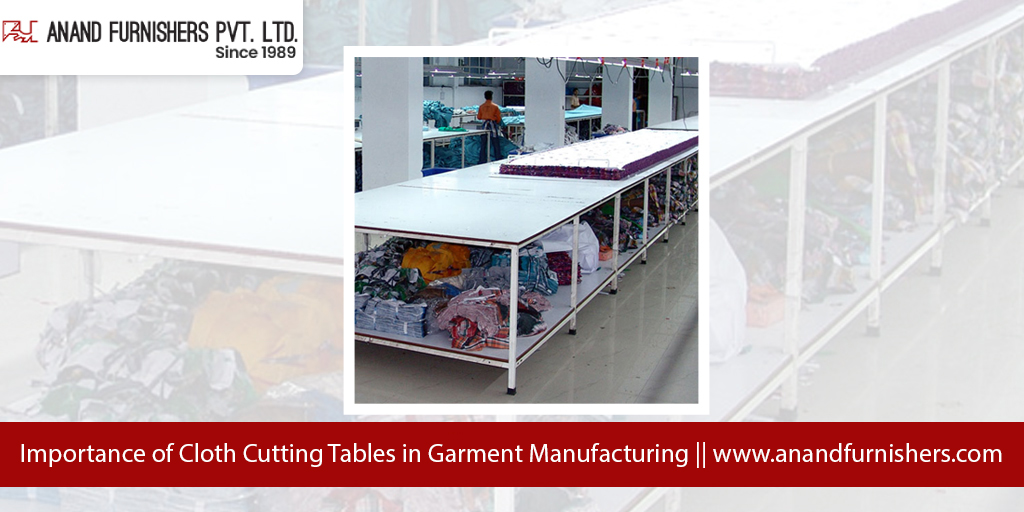Accuracy and efficiency are important factors to enhance the productivity of garment manufacturing. From design to production, every single step of the process should be accurate to ensure the quality standards and satisfy the demands of the customers. Clothes-cutting tables are the workstations for precise fabric cutting. This regulates workflow and ultimately elevates the overall productivity of the garment manufacturing business. Now we will discuss the importance of cloth cutting tables in the garment industry.
What are the Features of Cloth Cutting Tables?
- Stable and Flat Surface
Clothes-cutting tables offer a stable and flat surface that is important for precise fabric cutting. The stability keeps fabric layers intact and prevents any shifting during the cutting process. This avoids misalignment and makes sure that the fabric cutting is accurate. In garment production, a reliable cutting table is important as even slight movement can lead to errors. One can enhance efficiency and maintain high-quality standards in fabric cutting, by using a proper cloth-cutting table.
- Enhanced Efficiency
Sizing up space, like fabric cutters and layout tables to reduce setting-up time. Operators can more easily layer fabric, do multiple piece cuts at one time, and keep the production line running smoothly. It not only increases accuracy but also saves time by reducing work preparation and standardizing tasks. The clothes-cutting tables assist in growth in manufacturing.
- Optimized Workflow
To make the cutting area look equally clean makes cleaning easier, making it easier for every manufacturing unit to do workflow optimization, they also use tables for cloth-cutting. Having a workstation with suitable cutting surfaces and tools at your disposal will make the entire production process go a lot more smoothly and efficiently. The orderly configuration ensures less downtime as the operators can easily get access to the machines they need to use.
Types of Fabric Cutting Techniques can be used on Cloth Cutting Tables
Practicing different cutting techniques can help to attain professional-quality results in the sewing projects. The different types of fabric-cutting techniques used on cloth cutting tables are mentioned below.
- Straight Line Cutting
Cutting straight lines is an important skill in sewing and quilting. Cut a straight line by using a ruler or quilting ruler to guide the cut. Align the ruler along the cutting line and roll the cutter along the edge of the ruler if one is using a rotary cutter. For fabric scissors, use a garment marking tool to draw a cutting line and cut along that line. One should not move the scissors and make the fabric flat for a better finish in cutting straight lines, thereby preventing misfitting parts of the fabric.
- Pattern Cutting
Cut According to the Pattern Guidelines if you are cutting fabric for clothing or other pattern-based projects, it is important that the guidelines of the pattern are followed exactly. Place your fabric on a flat surface and pin the pattern pieces in place so they face the correct direction to follow the grain of the fabric. Using fabric scissors or a rotary cutter, cut along your lines for accuracy. Don’t distort the pieces to try to be quicker Attention to detail, obviously, and patience are the primary qualities required to get a well-fitting end product.
- Fussy Cutting
Fussy cutting Fussy cutting is a quilting technique used to cut out a chosen motif or pattern. Then it enables you to highlight the precise designs or graphics in your work. This method does bring a very personal flavor but must be executed with precision and meticulous planning.
Conclusion
Precision and productivity often fall among the primary considerations in cutting fabric. The garment manufacturing industry requires the use of cloth cutting tables since they provide maximum workflow and productivity. Anand Furnishers offers high-quality garment industry furniture that elevates productivity. Explore and buy furniture from our website at https://www.anandfurnishers.com/
